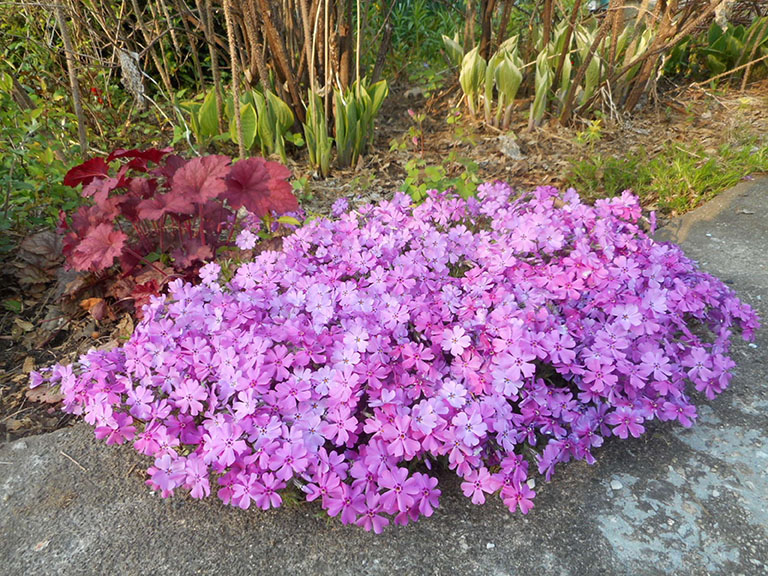By Deborah J. Benoit
Deborah J. Benoit is a UVM Extension Master Gardener from North Adams, Massachusetts.
You’ve probably heard plants described as annual, biennial or perennial. You may have even heard some called a “tender perennial.” When planning a garden, knowing the difference can help you decide which type of plants you want to include.
An annual plant is one that completes its life cycle in one year. That means a seed is sown, germinates, grows, flowers, fruits, goes to seed and dies during one growing season.
A biennial plant completes its life over the course of two years. A seed will germinate and grow foliage during the first year, and in the second year it will flower, produce seeds and die. Foxglove (Digitalis) and hollyhocks (Alcea rosea) are examples of biennials.
In contrast, a perennial plant can live many years, depending on its cold hardiness. While it may take more than one year for a perennial to flower or reach its mature size, it will come back year after year.
Some, such as moss phlox (Phlox subulata), will remain evergreen over the winter. Others, such as hostas (Hosta), will die back to the ground after a killing frost although their root system will survive beneath the surface.
In the spring, they’ll reemerge. To make it easier to recognize them, it’s a good idea to mark the location of such perennials, particularly those that emerge later in the spring after weeds have begun to grow.
Some plants are referred to as “tender perennials.” These perennials will thrive outdoors only in warmer climates.
U.S. Department of Agriculture plant hardiness zone information can be found on perennial plant tags and in online descriptions. A higher zone number means a warmer climate, so a plant suitable for zones 9-11 won’t survive the winter in zone 4.
Tender perennials are often sold and treated as annuals in colder climates. You can check the hardiness zone for your location at plant hardiness.ars.usda.gov.
Many houseplants are tender perennials. What does this have to do with selecting plants for your garden? Tender perennials such as fuchsia (Fuchsia magellanica) that are annuals in your garden can be overwintered indoors like houseplants and returned to the garden in the spring.
Perennials tend to be more expensive than annuals, but they’re an investment for the long term. They’ll come back each year, while new annual plants will need to be purchased. However, if you like to create a new garden design each year, annuals offer the opportunity to experiment with garden layouts and plant size, color, shape and leaf texture.
Flowers are another factor to consider. Annuals tend to have a longer bloom time than perennials. If you like colorful flowers all season long, annuals may be the best choice. Even if you prefer the longevity of perennial plants, including annuals in the bed will add variety and extend bloom time.
In new garden beds, allowing sufficient space between perennials to accommodate their size at maturity means there initially may be more space between plants than you would like. Annuals are a good solution. They will fill the empty spaces between young perennials. Each year fewer annuals will be needed as the perennials grow and mature.
Using annual plants is more labor intensive than using perennials alone. Annuals need to be replaced each year. In addition, annuals are likely to require more frequent watering since their root systems aren’t as extensive or deep as those of perennials.
Whether an annual or a perennial is the better choice for your garden is purely a matter of personal preference. Knowing the difference will help you build the best garden for you.




